Introduction
Tesla, led by Elon Musk, has become synonymous with electric vehicles (EVs), revolutionizing the auto industry and pushing the boundaries of technology, innovation, and sustainability. In just over a decade, Tesla has shifted from a niche player in the automotive market to a dominant force, often cited as the most valuable carmaker in the world. But what exactly is the secret behind Tesla’s incredible success? What differentiates it from traditional automakers, and how can other brands catch up to its rapid rise?
This article will delve into the key factors that have contributed to Tesla’s meteoric rise, including its groundbreaking technology, business model, brand identity, and innovative approach to manufacturing. It will also explore the challenges that other automakers face in attempting to replicate Tesla’s success and offer insights into how they can adapt to meet the growing demand for electric vehicles.
1. Tesla’s Vision and Mission: A Bold, Future-Forward Strategy
One of the key reasons behind Tesla’s success is its clear and ambitious vision. Tesla’s mission is to accelerate the world’s transition to sustainable energy, and this has been a driving force behind the company’s strategy from the start.
A. Elon Musk’s Leadership and Vision
Elon Musk’s unwavering belief in electric vehicles, renewable energy, and technological innovation has propelled Tesla forward. His visionary approach and ability to disrupt traditional industries have not only helped Tesla lead the EV market but have also reshaped the global automotive industry.
B. Sustainability as a Core Value
Tesla’s focus on sustainability has resonated with consumers and investors alike. While traditional automakers are just beginning to make the shift toward greener technologies, Tesla has built its brand identity around eco-friendliness, renewable energy, and the reduction of carbon emissions.
C. Long-Term Commitment to Innovation
Tesla has demonstrated a long-term commitment to innovation, with an emphasis on developing new technologies that not only enhance the driving experience but also push the boundaries of what’s possible. This includes advancements in battery technology, autonomous driving, and over-the-air software updates.
2. Innovative Technology: How Tesla Pioneered the EV Revolution
Tesla’s success cannot be attributed to just one factor. The company’s commitment to developing cutting-edge technologies has allowed it to leap ahead of traditional carmakers.
A. Battery Technology and Efficiency
Tesla has revolutionized battery technology, significantly improving the energy density, efficiency, and cost of EV batteries. The company’s work with lithium-ion batteries and its development of the Gigafactory have allowed Tesla to scale production while reducing costs, making electric vehicles more affordable and accessible.
B. Autonomous Driving and AI
Tesla’s Autopilot system is one of the most advanced semi-autonomous driving systems on the market today. By leveraging artificial intelligence (AI) and machine learning, Tesla vehicles can perform tasks like lane-keeping, adaptive cruise control, and even self-parking.
C. Over-the-Air Software Updates
One of Tesla’s most significant innovations is the ability to send over-the-air software updates to vehicles. This allows the company to continuously improve its cars by adding new features, enhancing safety protocols, and addressing any issues that may arise, without requiring a trip to the service center.
D. Tesla’s Vertical Integration
Tesla’s decision to vertically integrate its production process sets it apart from other automakers. By controlling much of its supply chain, from battery manufacturing to vehicle production, Tesla has been able to maintain tight control over quality, costs, and delivery timelines.
3. Tesla’s Business Model: A Unique Approach to the Market
While many car manufacturers rely on traditional dealership networks to sell their vehicles, Tesla has implemented a direct-to-consumer sales model that cuts out the middleman.
A. Direct-to-Consumer Sales
Tesla’s direct sales model has allowed the company to establish a closer relationship with its customers and maintain full control over pricing, customer service, and marketing. This model also enables Tesla to better manage inventory and ensure that buyers receive the most up-to-date information about their vehicles.
B. A Data-Driven Approach
Tesla utilizes data to drive decisions, from improving product features to refining its production processes. The company collects vast amounts of data from its vehicles and uses it to continuously enhance its technology, including its Autopilot system.
C. Customer Experience and Brand Loyalty
Tesla has focused heavily on creating a premium customer experience, offering a unique buying process, exceptional customer service, and a growing network of Supercharger stations. The company’s emphasis on user-friendly interfaces, regular software updates, and transparency has cultivated a loyal customer base.
D. Global Expansion and the Gigafactory
Tesla has aggressively expanded its production capacity with the establishment of Gigafactories around the world. These massive factories not only increase Tesla’s ability to produce vehicles and batteries but also reduce production costs and shorten delivery timelines.
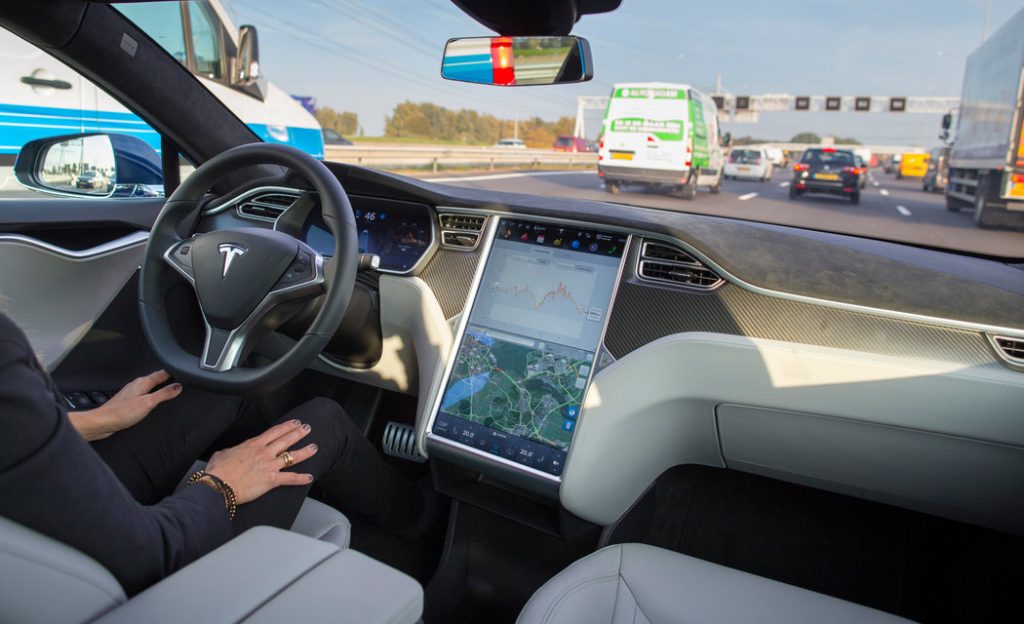
4. Tesla’s Marketing Strategy: Word of Mouth and Social Media
Unlike most other automakers, Tesla spends little to no money on traditional advertising. Instead, the company relies on word-of-mouth marketing, social media, and its CEO, Elon Musk, to generate buzz.
A. Elon Musk’s Influence
Elon Musk is an incredibly influential figure who has become a marketing tool in himself. His presence on social media, particularly Twitter, helps generate massive amounts of attention and media coverage for Tesla. Musk’s public persona and his ability to connect with consumers directly have created a strong brand identity for Tesla.
B. Community Engagement
Tesla has built a passionate fanbase that actively promotes the brand. The company’s customers are often its biggest advocates, spreading the word about the company’s products and ethos. This grassroots marketing approach has helped Tesla maintain a loyal customer base without relying on traditional advertising.
C. Referral Programs and Incentives
Tesla’s referral programs have allowed customers to earn rewards by referring others to purchase Tesla vehicles. This has incentivized customers to help spread the word about the company’s products and contribute to Tesla’s growing popularity.
5. Challenges Tesla Faces: Can Other Brands Catch Up?
While Tesla’s success is undeniable, it’s not without its challenges. Other automakers are racing to catch up, but there are several hurdles to overcome.
A. Manufacturing and Supply Chain Constraints
Tesla’s rapid growth has sometimes been hindered by manufacturing delays and supply chain disruptions. Scaling production to meet demand while maintaining quality control is a challenge many automakers face, and Tesla is no exception.
B. Competition from Traditional Automakers
Traditional car manufacturers, including Ford, GM, Volkswagen, and Toyota, have started investing heavily in electric vehicles. These brands already have established manufacturing processes, extensive supply chains, and global distribution networks, making it difficult for newcomers to compete.
C. Global Regulations and Standards
As Tesla expands internationally, it must navigate the regulatory environment in different countries, each with its own set of rules regarding safety, emissions, and production standards. This can slow down Tesla’s growth and complicate its global expansion.
D. Technological Challenges
While Tesla has been a leader in autonomous driving and battery technology, other companies are quickly developing similar technologies. Companies like Waymo (Google’s autonomous driving division), General Motors, and even traditional automakers are investing heavily in AI and autonomous vehicle technology, putting pressure on Tesla to maintain its competitive edge.
6. How Can Other Brands Catch Up to Tesla?
Other automakers are making strides to catch up to Tesla in several areas, but it’s not an easy task. Here’s how they can improve and compete:
A. Investing in EV Research and Development
To catch up to Tesla, other automakers must invest significantly in EV research and development. This includes focusing on battery technology, charging infrastructure, and autonomous driving features.
B. Improving Manufacturing Processes
Tesla’s vertical integration has given it an advantage in terms of production efficiency. Other automakers need to refine their own manufacturing processes to scale up EV production, reduce costs, and streamline their supply chains.
C. Building a Strong Brand Identity
Tesla’s brand is built on innovation, sustainability, and luxury. Other brands will need to establish a similar identity that resonates with today’s eco-conscious and tech-savvy consumers.
D. Expanding Charging Networks
One of Tesla’s key advantages is its extensive network of Supercharger stations. Competitors will need to build similar infrastructure to make their EVs more convenient to own and operate.
Conclusion
Tesla’s success is the result of a combination of visionary leadership, cutting-edge technology, innovative business strategies, and a strong brand identity. While other automakers are racing to catch up, Tesla’s lead in areas like battery technology, autonomous driving, and consumer engagement sets it apart. However, the growing demand for electric vehicles presents a significant opportunity for other brands to innovate, invest in new technologies, and establish themselves in the rapidly changing automotive landscape. Only time will tell if traditional automakers can successfully challenge Tesla’s dominance or if the electric vehicle market will remain Tesla’s to conquer.



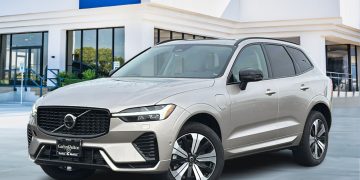


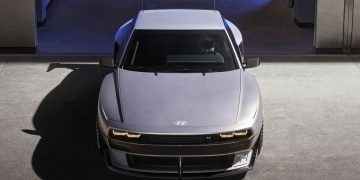


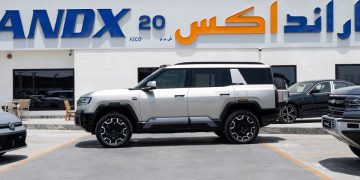

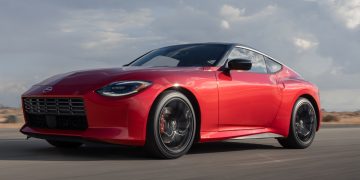









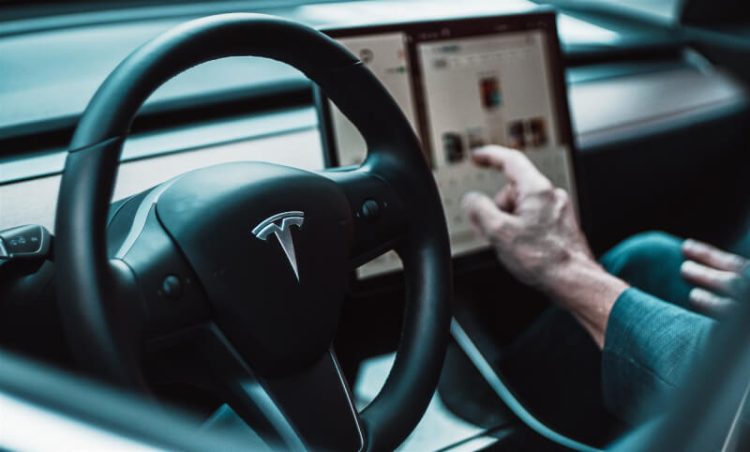












Discussion about this post